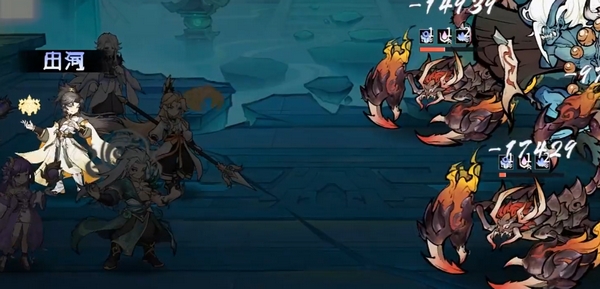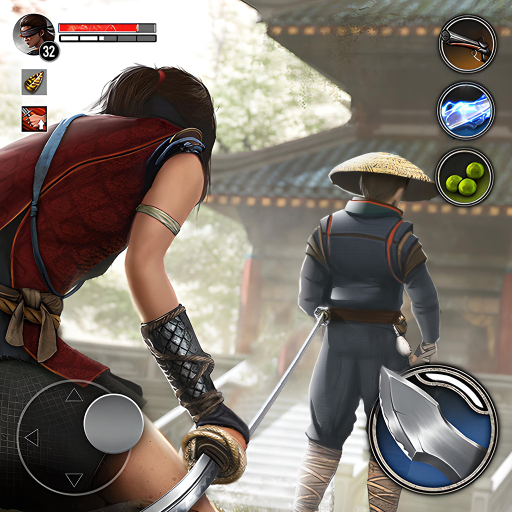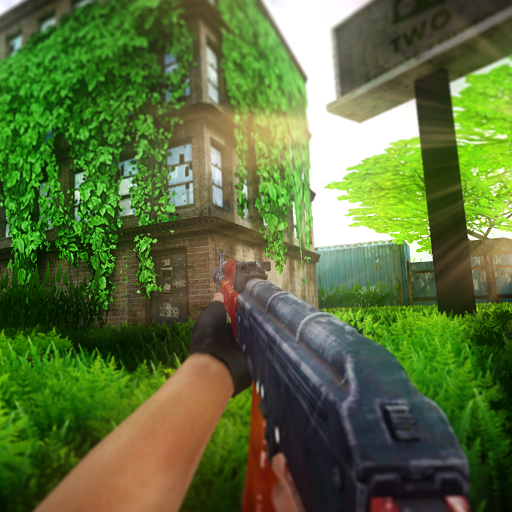Today, I'm bringing you the content recommendations for the card gameplay in Plants vs. Zombies 3, with the most eye-catching being a series of newly added elements. New plants are making their debut, such as the Butter Spiker, which not only deals damage to approaching zombies but also comes with special control effects, making it difficult for zombies to advance. The Ginseng Master is even more extraordinary, capable of unleashing unique skills at critical moments, injecting powerful energy into the plant army. The addition of these new plants greatly enriches the players' tactical options, providing higher flexibility in battlefield layout, and filling each game with variables and surprises.
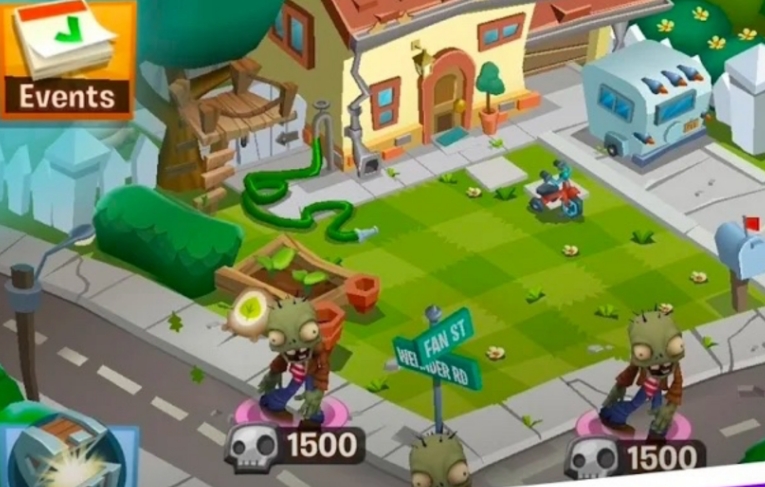
In every battle, players need to select cards, finding the most suitable combination of plants. There are many types of deck choices. A balanced deck can choose plant cards that balance attack, defense, and sun production, including Sunflowers or Sun-shrooms to ensure a steady supply of sun, Peashooters, Dual Shooters, etc., as main damage dealers, paired with Wall-nuts, Tall-nuts, and others to block zombies. You can also add some plants with special functions like Snow Peas to slow down zombies, so that there's a certain level of response capability when facing various zombie attacks.
Burst-type decks primarily consist of high-damage, high-output plant cards, such as Cherry Bombs and Jalapenos, which can quickly clear large groups of zombies when they appear densely. Pairing these with strong attack plants like Cob Cannons can deliver lethal blows to zombies at crucial moments, while also including a few Sunflowers to ensure sun production, and trap plants like Potato Mines to supplement defense.
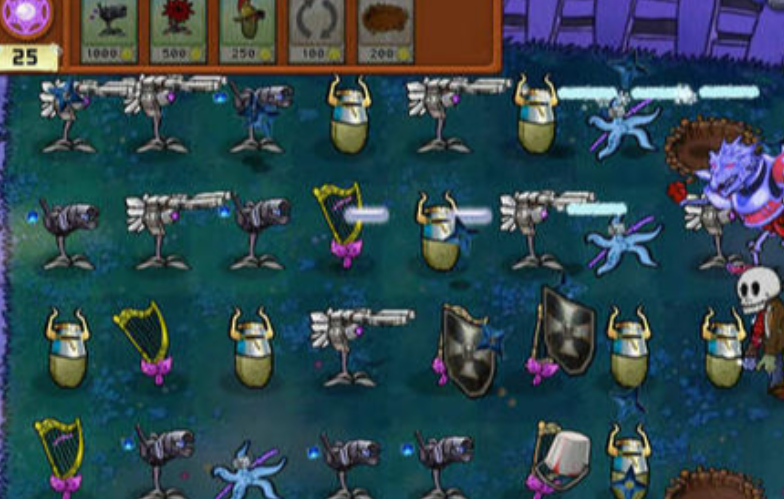
In terms of usage techniques, sun management is equally important. Prioritize planting sun-producing plants like Sunflowers to ensure you have enough sun to summon other plant cards. In the early stages, avoid using high-cost plant cards hastily; wait until you have accumulated a sufficient amount of sun before deploying them. Pay attention to the speed of sun production and reasonably arrange the timing for planting different sun-consuming plants. Based on the attack range and characteristics of the plants, plan your layout. For example, place straight-line attack plants like Peashooters in the back row, and defensive plants like Wall-nuts in the front row to block zombies. For plants that can attack multiple directions, such as Kernel-pults, place them at the corners of the defense line to maximize their effectiveness. Use pots and other props to place plant cards appropriately on special terrains like rooftops.
When a horde of zombies is about to appear, set up attack and defense plants in advance. For instance, prepare area-of-effect attack plants like Cherry Bombs before a large wave of zombies arrives, and detonate them when the zombies gather. For plant cards with special abilities, such as Plant Food, use them when the plant needs to burst out output or at critical moments, such as when dealing with zombie bosses.
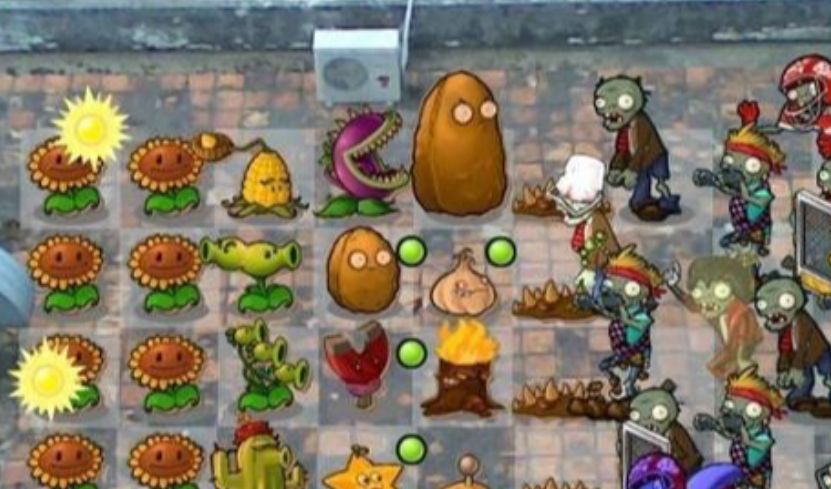
To obtain various cards in the game, you need to complete main story levels, daily tasks, and event tasks, which provide a large number of card rewards. These tasks usually offer cards of various rarities and are an important source of cards. Time-limited events in the game often come with generous card rewards. Actively participating in events, such as challenging event levels and completing event objectives, can earn you unique cards and upgrade materials.
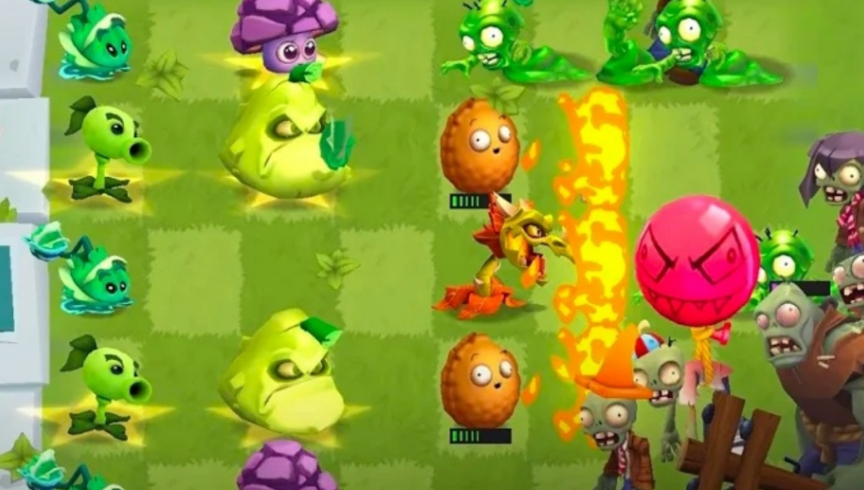
The content recommendations for the card gameplay in Plants vs. Zombies 3 are now complete. Compared to its predecessors, it introduces many fun challenges and strategic dimensions. Players need to deal with all sorts of unprecedented tricky zombies. Flying zombies, with their aerial advantage, attempt to break through the plant defenses. Ambush zombies hide secrets, launching surprise attacks on the plants without warning. Disguised zombies are especially cunning, blending into the plant ranks, making them hard to guard against.

